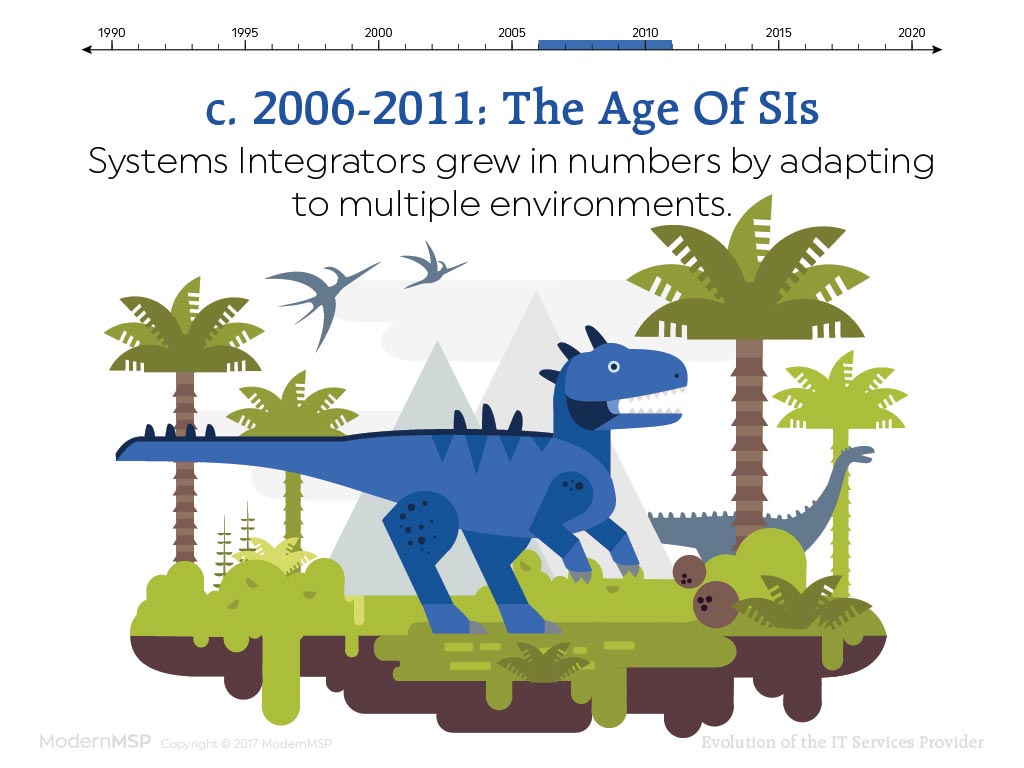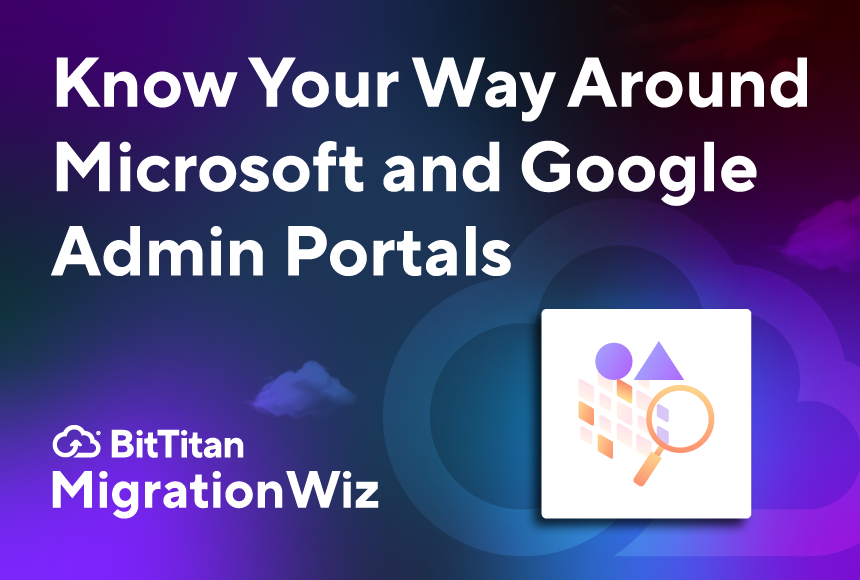The hardware you needed as a SMB (small- to medium-sized business) was there, of course. But the “value-added” part of this equation was the “add-on,” the customized software that was bundled with the 50 PCs that you wanted: engineering, law, architecture, project management, etc.
But this way of doing business is not sustainable in the marketplace of the 21st century. VARs are realizing that the 1990s model of transactional revenue from one or two large on-premises installations is difficult to maintain as a business model over the long term, and the 80/20 rule is no longer financially viable in an IT industry that is marching steadily to the cloud.
Then, another customer need surfaced in the 1990s. Who was going to install, configure, train staff and service the PCs plus monitor and fix problems with the software itself when inevitable issues happened? The full-service VAR was born. It allowed SMBs to avail themselves of tailor-made, “specialized support services” that covered not only the installed system but also additional specialized services such as installation, configuration and technical support. They provided comprehensive coverage (and good overall value) for customers. And services such as training, customization, consulting, technical support, IT consulting gave VARs in this niche (solution providers) valuable additional revenue.
Once these services were installed, VARs typically moved to the next customer installation, closing on yet another in a series of transactional deals that didn’t produce the necessary recurring revenue needed to keep their gross profits in a healthy growth cycle. As hardware became cheaper for customer installs, the margins for VARs sank.
But then, times change and technology changes with it.
Then the cloud happened. As customers realize that implementing cloud data centers is faster, needs less investment and no additional hardware, the traditional VAR will have to adapt. Worldwide, expenditure on data center systems saw a 2.6% rise to $175B in 2017. On-premises data centers will remain stable, but the transfer to cloud IaaS is slowly growing.
What will it take for VARs to adapt as they manage the inevitable migration of their customers to IaaS? There are three areas of focus for VARs during the biggest migration of data ever seen in computing history: automation, IP and profitability.
The ability to automate services delivery within your organization to enable the scheduling of standardized tasks for clients improves efficiencies in your overall service delivery. Automation allows you to quickly scale up to service more client accounts. Scaling up quickly via a recurring revenue, subscription model creates more profit and increased, lasting business valuation.
IP protections for your business are securely rooted in the cloud. Tracking the delivery of your company’s IP helps you to better understand how your business works. Your IP is stored securely in a service library, and is widely accessible as the business scales. Having an easily-accessible service library allows your business to expand the portfolio of services that you offer to customers. The more services that you can deliver for customers, the more revenue you can create for your business.
Finally, moving customers to IaaS has implications for your business profitability. Correctly sizing and deploying an IT infrastructure model per actual use and not per peak workload as is commonly found in on-premises architectures. Cloud deployments, on the other hand, offboards costly IT staff time to enable a refocus on your core business. Not the least of these concerns is reliability. IaaS decreases uptime for mission-critical applications and your core business services. That means that predictability becomes more of a constant, and that’s always good for business.



